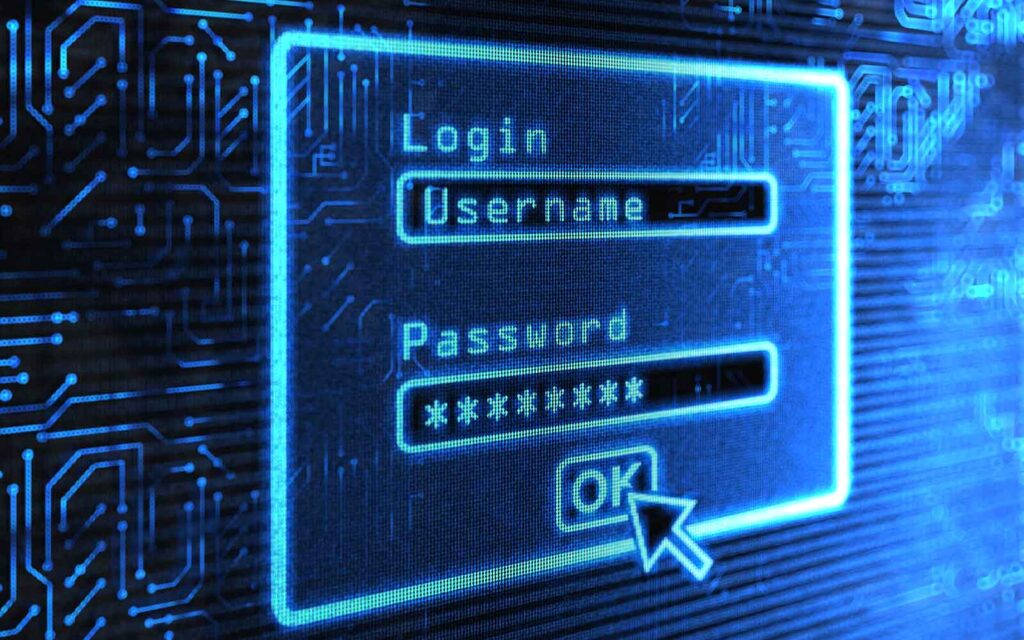Password Security Best Practices: Beyond the Basics

In our increasingly interconnected world, where our digital lives seamlessly merge with the physical, the importance of robust password security cannot be overstated. As we navigate a landscape rife with cyber threats and data breaches, safeguarding our online presence stands as a paramount concern. While the fundamentals of creating complex passwords and regular changes are widely acknowledged, the evolving nature of cyber threats necessitates a more comprehensive approach. In this blog, we embark on a journey beyond the basics of password security, shedding light on advanced practices that include the indispensable role of password lockers and heightened password protection measures.
The Foundation: Password Security Basics
Before we explore advanced practices, let’s briefly revisit the basics of password security. A strong password typically involves a combination of uppercase and lowercase letters, numbers, and special characters. Regularly changing passwords is essential, as it reduces the risk of unauthorized access. Moreover, avoiding common passwords or easily guessable information, such as birthdays or names, is crucial.
Advanced Practice 1: Password Lockers
Password lockers, also known as password managers, have become indispensable tools in the realm of cybersecurity. These applications offer a secure vault to store and manage all your passwords in one place. The primary advantage is that users only need to remember one strong master password to access the locker.
The keyword here is “password locker,” a tool that not only stores passwords securely but also generates complex, unique passwords for each account. This significantly reduces the risk of a domino effect—if one password is compromised, others remain secure. Password lockers often come equipped with features like two-factor authentication, ensuring an additional layer of defense.
Advanced Practice 2: Heightened Password Protection
a. Two-Factor Authentication (2FA)
Two-factor authentication adds an extra layer of security by requiring users to provide two forms of identification before gaining access. This commonly involves something you know (password) and something you have (e.g., a code sent to your mobile device). Incorporating 2FA significantly enhances the security of your accounts, even if your password is compromised.
b. Biometric Authentication
Many devices and platforms now support biometric authentication, such as fingerprint or facial recognition. These methods provide a convenient yet robust way to ensure that only authorized individuals can access sensitive information. Biometric data is difficult to replicate, adding an extra layer of protection.
c. Account Lockout Policies
Implementing account lockout policies can thwart brute force attacks. These policies automatically lock an account after a certain number of unsuccessful login attempts, preventing malicious actors from repeatedly trying to guess the password. This strategy is particularly effective when combined with a notification system that alerts users of suspicious activity.
The Human Element: User Education
Beyond technological solutions, the human element plays a crucial role in password security. Educating users about the importance of strong passwords, the risks of password reuse, and the significance of promptly updating passwords is essential. Regular security awareness training can empower individuals to make informed decisions and recognize phishing attempts.
Conclusion
In the ever-evolving landscape of cybersecurity, password protection remains paramount. While mastering the basics is essential, embracing advanced practices such as password lockers and heightened protection measures provides an added layer of defense. The keywords “password security,” “password locker,” “password protection,” and “heightened password protection” encapsulate these advanced practices, signifying a comprehensive approach to safeguarding digital assets.
As we navigate the digital landscape, staying one step ahead of cyber threats requires a proactive mindset. By adopting these advanced password security practices, individuals and organizations can fortify their defenses and mitigate the risks associated with unauthorized access and data breaches. Remember, in the world of cybersecurity, an ounce of prevention is worth a pound of cure.






